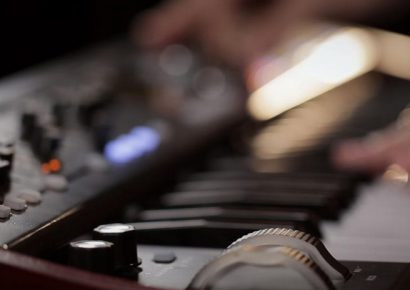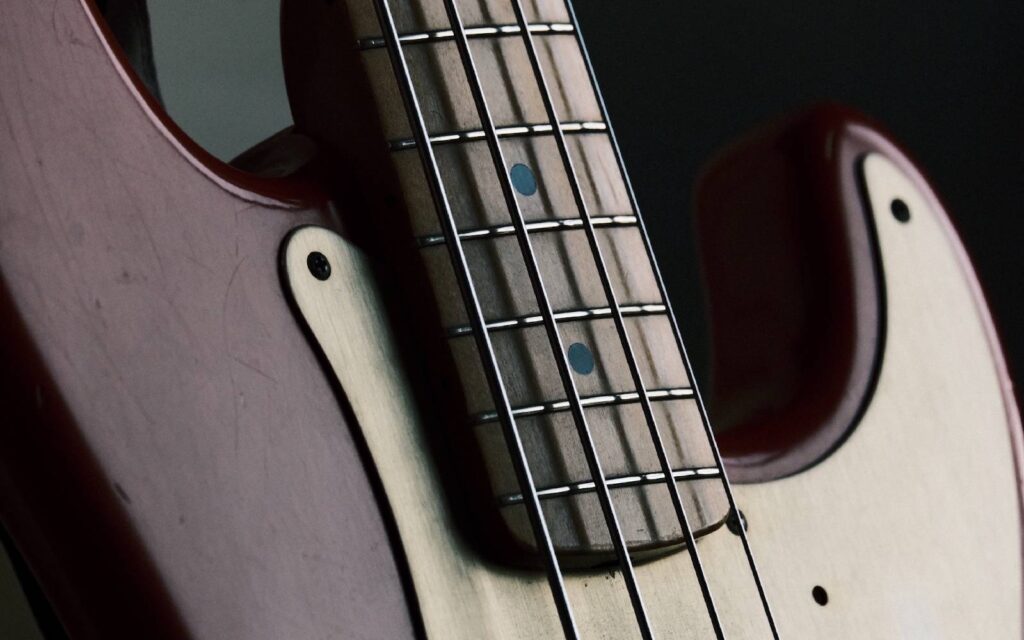
Figure B and Figure C continue in a similar fashion. Start with a slow tempo getting all the quavers nice and even. Then try ramping up the tempo to really get your chops up.
Figure D has a repetitive feel to it with a three-note motif wrapping around and around but displaced slightly each time. There’s a familiar feeling and sound to it, yet it can feel slightly uneasy thanks to the rests in between.
Extending to semi quavers, Figure E is best started slowly to lock in and then up the tempo. Based around E minor pentatonic, its busier displaced feel can sound great against a contrasting, straight-ahead drum groove or guitar part. More of the same with Figure F, this time loosely based on D minor.
Rhythmic exercises are great warm ups, good for your timing and feel, and can make interesting bass parts. Rock, jazz, funk, Latin, metal and plenty more use displacement and rhythmic motifs, so there’s something to suit nearly everyone. Try taking these ideas to different scales and arpeggios, work all over the neck. Most importantly work on your own rhythms. Notating and reading them can really help to solidify your playing and it can help you get really creative, as you’re not limited at first by what you can only actually play.







